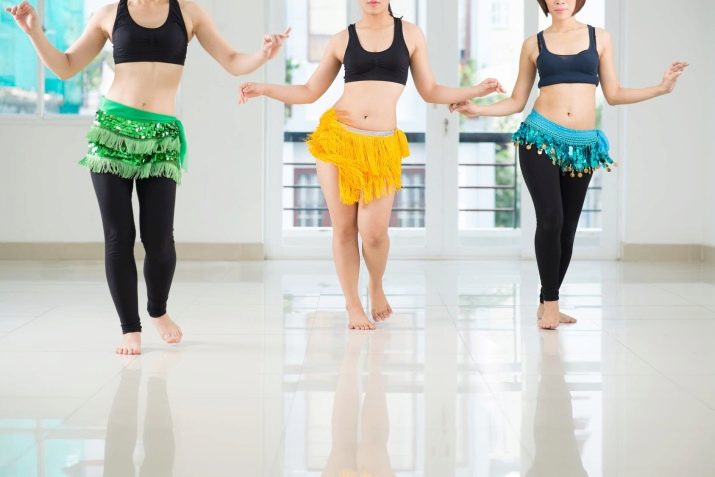All about belly dancing
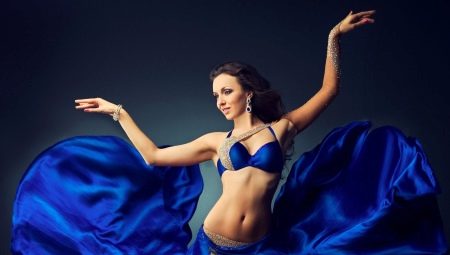
Belly dance (belly dance) is the most popular eastern direction in dance, which turned out to be in demand in the west too. Belly dancing burst into Russian reality after the show of the TV series "Clone", and if earlier few were fond of oriental dances, now hundreds of thousands of women wanted to learn graceful and feminine dance. The input data is minimal, and the process itself is fascinating.
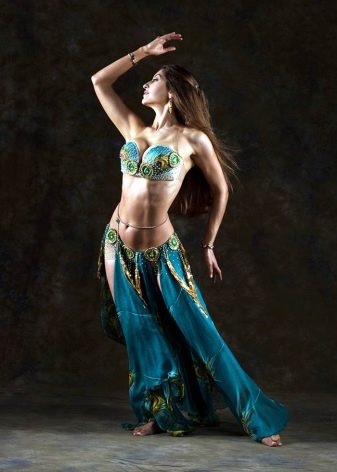
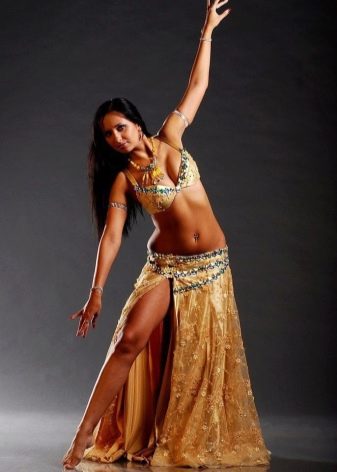
History
The roots of the dance go back to Egypt, it was the art of comfort, entertainment and distraction. There is no religious connotation, only aesthetics with its temptations and temptations. After Islam came to the country, the popularity of the dance fell, religious canons prevented such frankness. But the direction did not become forgotten, it was preserved, and after the French conquered part of Africa, belly dancing returned to the culture of some eastern countries.
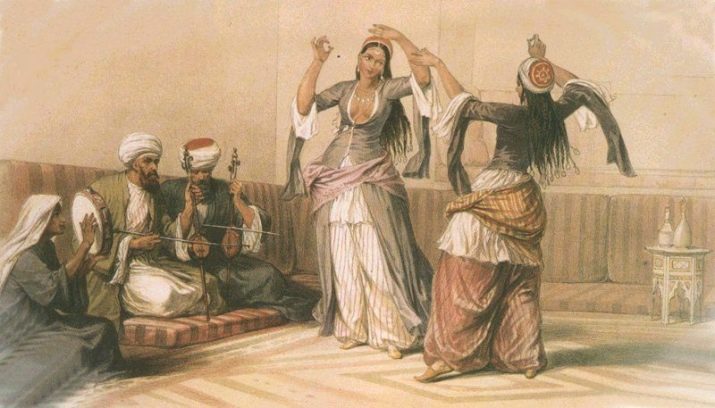
It cannot be said that Egypt is a monopoly in this direction. What we call oriental dances today was created in the context of multiculturalism. The rich Egyptian dance was made more graceful and technical by Indian dancers, their choreographic training was always excellent. Persians, Palestinians, Syrians also contributed to the development of the direction, as well as the nomadic Gypsies.

But it is not known whether it would have survived to this day if it had not been for Napoleon's conquest of Egypt. More precisely, it would have come, but it would hardly have become so popular in Europe. Conquerors, researchers and travelers described oriental dances as exotic, not without a tangible erotic overtones. This fine line has become the most alluring in the dance. And it remains so today.
The very same name "belly dance" comes from the Parisian shows of the late 19th century. Even then, advertising and marketing worked as it should, and experienced impresario did not skimp on loud headlines. When Danse Du Ventre (which means "belly dance") appeared on the poster, people rushed to get tickets. And the show became popular, and the dancers who own this type of dance turned out to be in great demand.
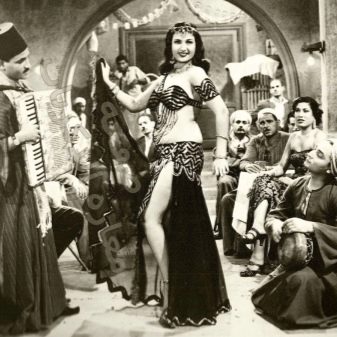
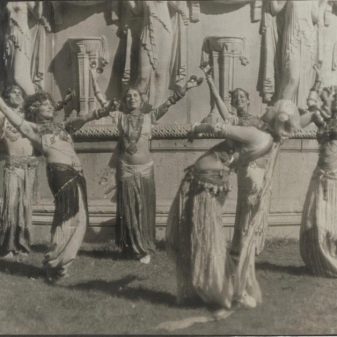
There are researchers who assure that belly dancing is nothing more than the dance of life (after all, life was called belly, these concepts were identical).
One way or another, the direction lives and triumphs, festivals, competitions, championships with dozens of nominations are held in oriental dances. And belly dancing can be learned even at home, because it is certainly useful.
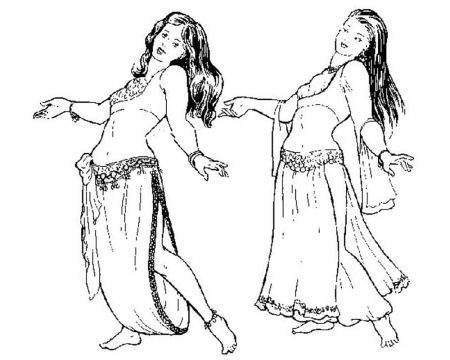
Views
There are a lot of types, but they are united by belonging to Arab dances.
What types are popular:
- folkloric - born in the traditions of a particular country or even its region;
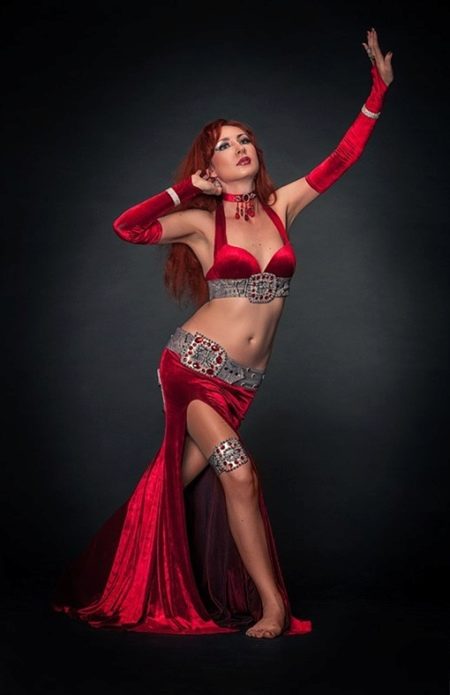
- saidi oriental - a dance with bamboo canes, it has a special, recognizable rhythm;
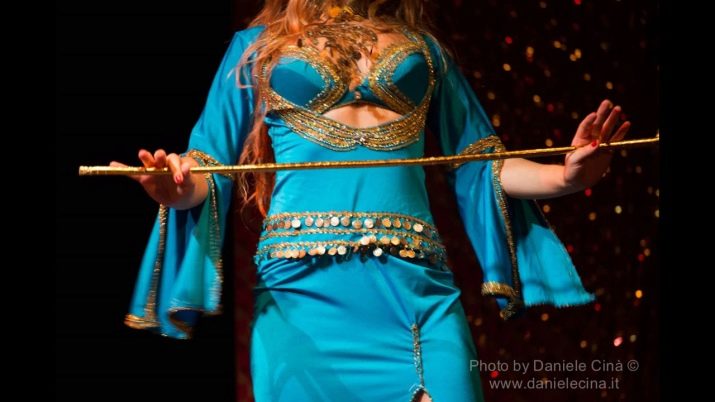
- hajali - in this dance, imitation of the move of a horse is guessed;
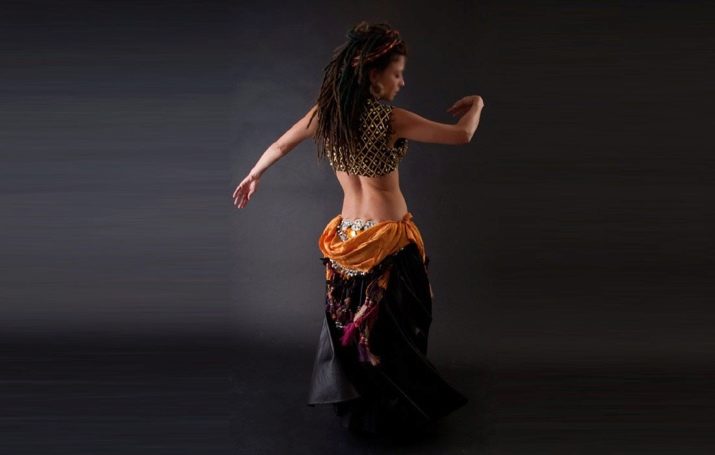
- Khaliji - it is danced in the countries of the Persian Gulf, the movements are comparable to the movement of camels, with characteristic tilts of the head and the active use of hair;
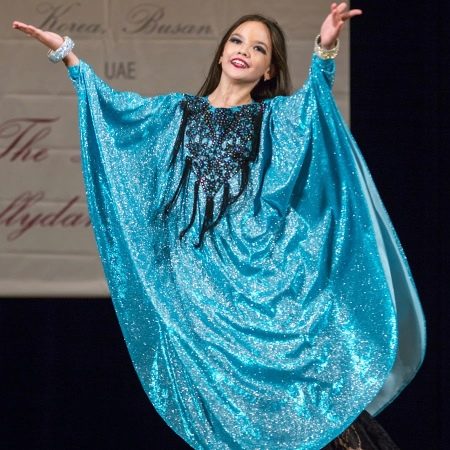
- dabki - group dance, both female and male;
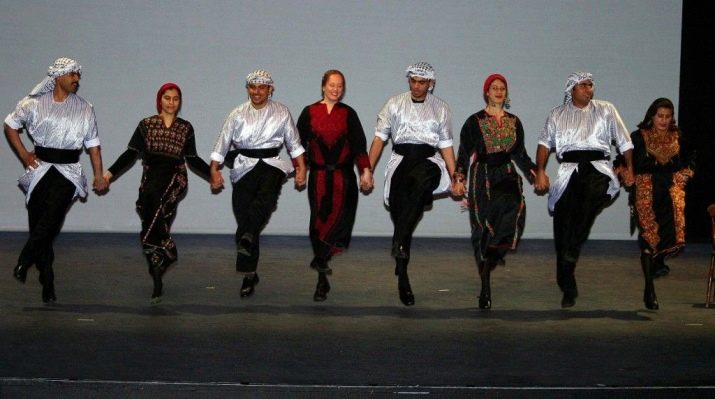
- shamadan - performed at weddings, a candelabrum and lighted candles were used.
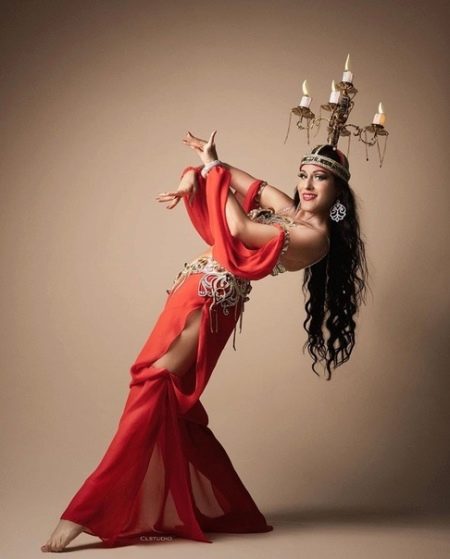
If we talk about another familiar classification, belly dancing can be Egyptian, Arabic and Turkish. In Egypt, such a number involves closed suits, the movements will be very smooth. Arabic dance is, rather, a hair dance, the girls will intensively move their heads during the performance. Turkish dance is very sensual and emotional.
There are many more types, it is not necessary to comprehend everything, but you have to start with something.
Although at first there are doubts of a completely different kind - whether belly dancing is suitable for everyone, whether you need to have a certain appearance for this.
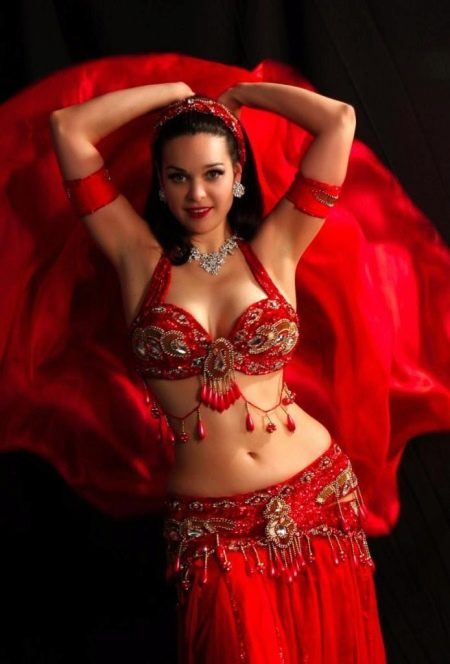
Who is it suitable for?
The first and most encouraging fact is that belly dancing is on a very small list of those directions that you can join in adulthood. In most areas, dance training is required from childhood. This means that belly dancing is quite suitable as "wooden", as they self-critically call themselves, - everything can be mastered and still become a champion.

Another myth that can be dispelled and please many women: the dancer does not have to be overweight or overweight. At the same time, there is no need for her to be slim, thin. It is not the physique that decides, but the technique - this is an ironclad rule.
If we consider belly dance as a workout, then this is a fairly intense aerobic exercise, because for those who are really overweight, such dances are even shown. And the risk for joints is minimal, which also speaks in favor of this direction.
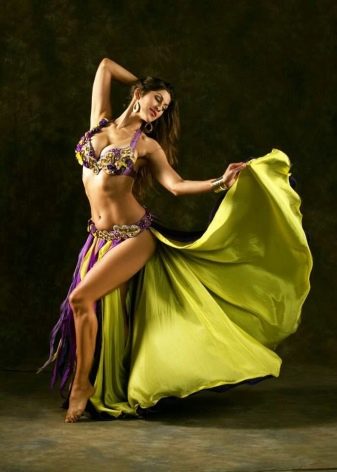
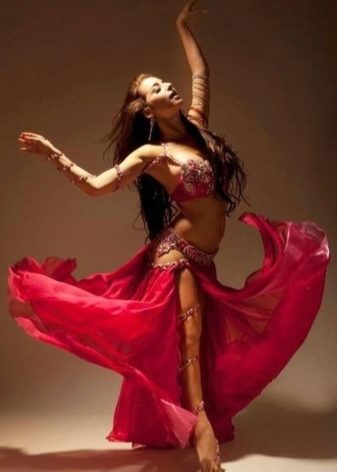
All these are factors for, but there will be no factors against, because all prohibitions are conditional. If physical activity is indicated, and aesthetically, belly dancing seems acceptable and enchanting, you should try. Internal, psychological readiness, of course, is important. Oriental dance is associated with seduction, appeal, play, it is quite erotic. This is a real demonstration of oneself, the "gift of the body."
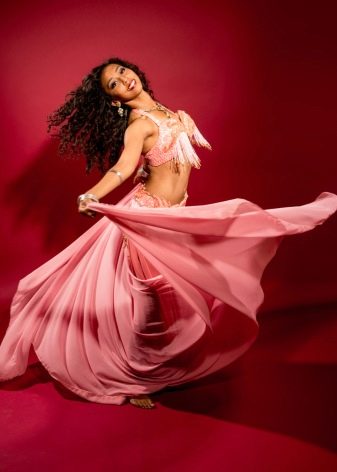
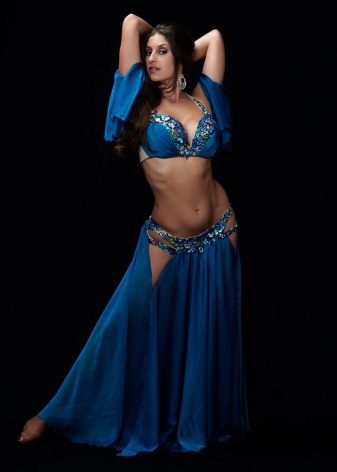
The dance is very feminine, frank, therefore you need to be ready for the coach's demands not to be clamped down, not to refuse to immerse yourself in the world of this dance, with all its conditions.
Skeptics will say to this: "The dance is too frank, how do they bring children there?" But dance is a big cultural phenomenon with developed schools, because children learn according to their own curriculum, adapted specifically to children's age and those skills that girls are ready to demonstrate. They have a different goal, it is not associated with a demonstration of seductiveness and frankness, is more aimed at technique and childish spontaneity, naturalness.
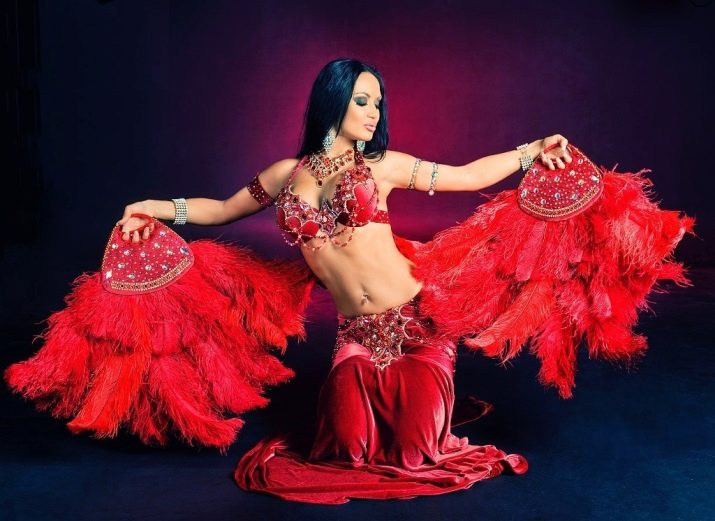
Clothes and accessories
Costumes used in oriental dances are a completely separate category, unlike anything else. Without them, everything would have looked different, not so graceful. Very often the costumes are sewn and embroidered by the dancers themselves, because the clothes for the performance acquire a sacred meaning for them. The classic (authentic) belly dance costume includes a skirt or wide shawls, bodice / top, capes, belts and embellishments. The top of the dress will always fit tightly around the chest, but at the same time the belly will be bare. Very often the part of the costume that emphasizes the chest has a push-up, this is acceptable in oriental dances.
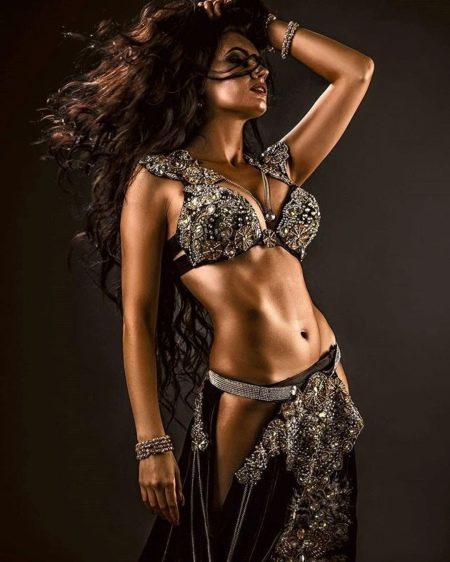
The bottom is a wide skirt made of translucent fabrics. Most often it is a maxi skirt, because it can create the same effect of a seductive swing of the hips. The train on the hem lies gracefully, allowing the dancer to be even more expressive, brighter.
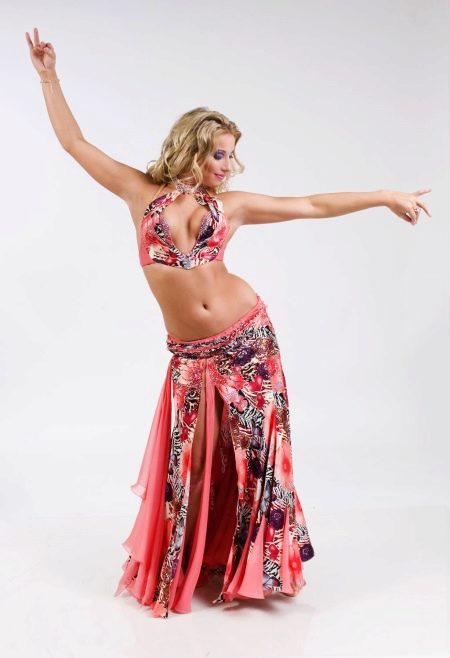
Suit requirements:
- he should look gorgeous in the light of spotlights, be remembered;
- may have ringing decorations that will help the musical design of the room;
- all parts of the costume should lie on the body comfortably so that nothing interferes with the artist's movements;
- must correspond to the theme of the number, the chosen type of oriental dance.
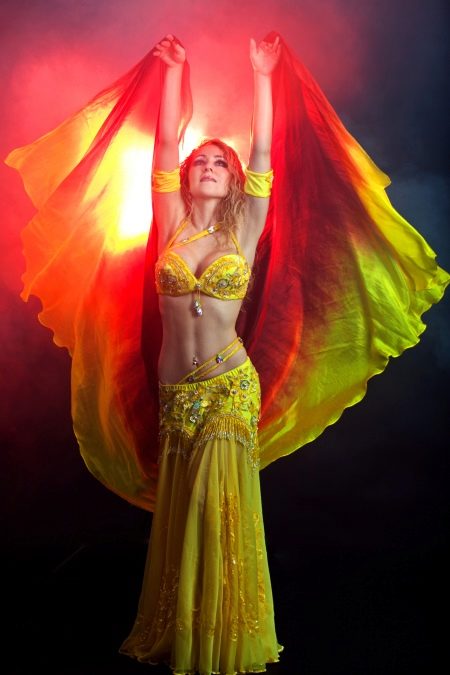
The accessories the dancer uses can be called her partners in the room. If she has a fan, the whole dance must be involved. If it is a melee weapon (saber), the dancer must wield it filigree. Although all this can probably be called props.
But the usual accessories can be considered a scarf or shawl, sagats (special metal plates), a cane and wings. But the first dances do not require any additions, because the basic movements are learned first.
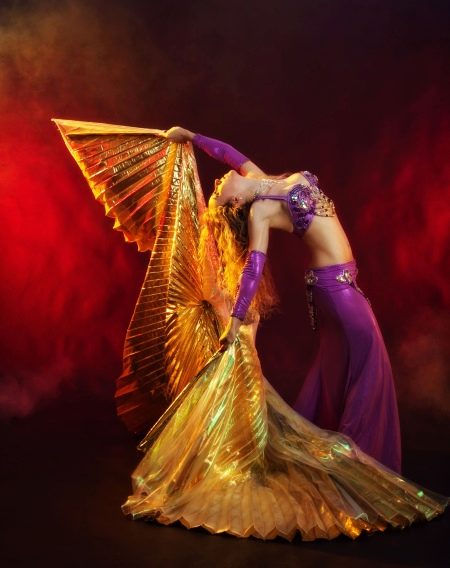
Basic movements for beginners
It is quite possible to learn the basic movements at home, by the mirror. True, you have to repeat and repeat. By the way, such lessons at home are interesting - you can practice basic exercises in order to feel more confident in the studio.
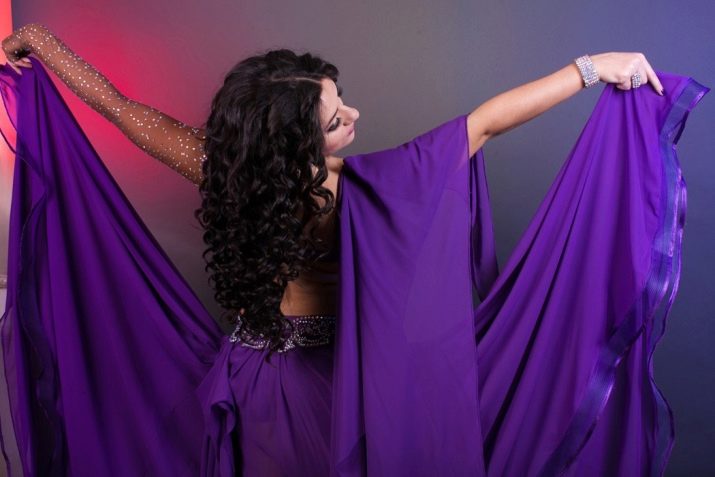
"Wave"
This exercise can be decomposed into 4 parts - the shoulders will act first, they need to be sharply tilted back, as in a push. At the second stage, a not very deep squat is performed, while the shoulders are laid back. The body will be at a 45-degree angle, and the abs will help to hold it. At the third stage, the deflection is carried out, the buttocks should move back. And on the count of "four" you have to straighten up. And the hands are relaxed all the time, the hands move gently, to the beat of the bend. The dancer moves in space performing this basic combination. This movement is called "camel walk" - it really resembles the movement of camels in a caravan.
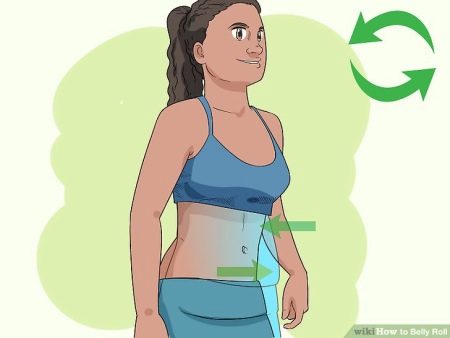
Shaking
Another name for the exercise is shimmy. The reception is effective, it will seem very difficult, although it is easy to learn it. It is better to start with one leg: it is placed obliquely back, you need to lean on the toe and begin to bend and straighten the knee. At first, straighten slowly, increasing speed so that the movement turns into shaking - smoothly turns. Legs should not be overloaded, they need to be changed. Then you need to try shimmy with both feet alternately, and then at the same time. Feet should be shoulder width apart.

"Rocking chair"
Starting position - full foot, knees soft, slightly bent. You can also stand on half-toes with straight and soft knees. Only hips can be involved in active work. They should work alternately, diagonally. The movement develops in a vertical plane. It will resemble the trajectory of the arrow on a compass. You can perform a rocking chair on the spot, on a full foot, with a step, with the transition to half-toes, changing the direction of movement and also the pace.
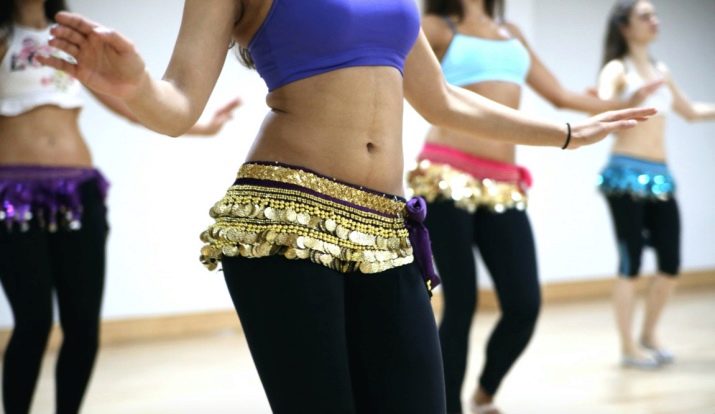
"Eight"
The horizontal "figure eight" is done on a full foot, straight and soft knees, hip work. It is necessary to make circular movements diagonally, around the vertical axis. It is like drawing a figure eight on the floor (or an infinity sign). You can do it on the spot, with a step, using one hip or both, changing the tempo, direction of movement. You can apply shaking to make it more effective.
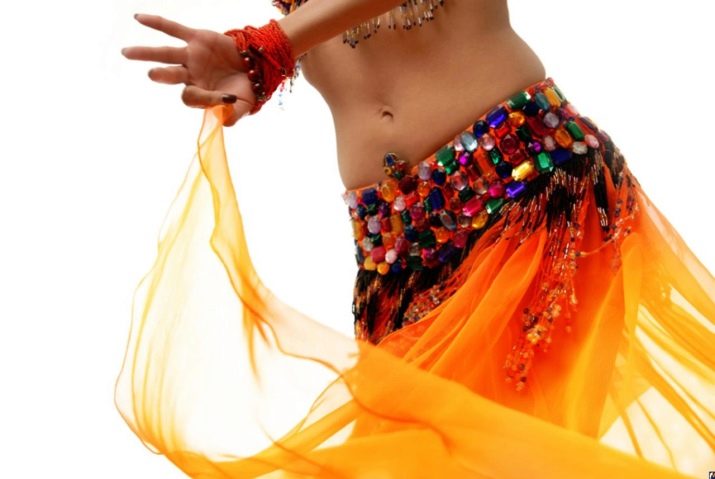
Circles
The small circle of the thighs is called the platter, and the large circle is called the barrel.
How to make a small circle:
- A full foot, soft and slightly bent knees, hip work.
- The hips should move diagonally upward. First, a circle is broken into 4 points (forward - to the side - backward - to the side, and then everything is connected into a circle). The hips move in a tight circle.
- The plane of motion is horizontal.
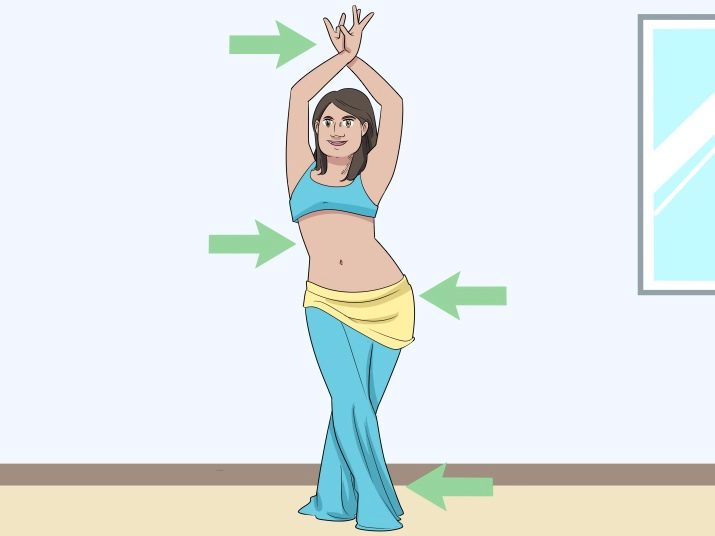
You can perform a small circle on the spot, in a circle, with a step, also changing direction and / or pace.
The big circle (barrel) also begins with a full foot, on soft and straight knees, in the work - the hips. You need to move your hips, also breaking the circle into 4 points. Hips going forward suggest a body going back. Or vice versa, it is important to be in balance.
The main thing is that the shoulders are in place, and the head is parallel to the floor, the back is strictly straight. The hips rotate in a wide circle.

Learning on your own is possible, but in order to move on, it is not enough to dance only at home. Today you can learn belly dancing in studios that open even in small towns, this is a very popular direction. Homework will help you understand whether it is interesting, whether it meets expectations, whether you like the process itself.
